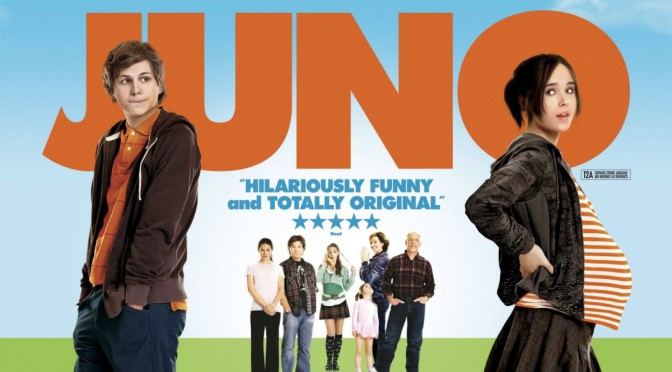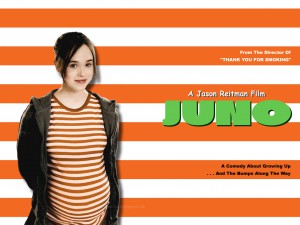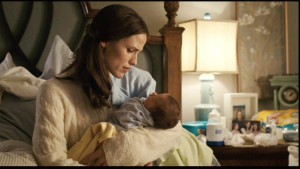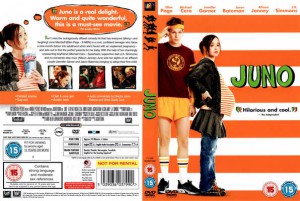Drive uses jump cuts in a slightly different way than jump cuts are usually used here. Normally jump cuts make the in-your-face and urgency of a situation rise to the surface. Here the jump cuts work as normal, they are fast paced and motivate the urgency of the scene for the audience but fail to phase Ryan Gossling (Driver). The Driver stays calm and professional to a degree which defies the jump cut. The Driver is not moved by the passage of time nor the neediness of the two robbers in his rear seat. The camera constantly cuts to his very nervous passengers and the start contrast between the driver and the robbers is almost unsettling. After the viewer watches the scene they are rooting for the Driver, maybe for no reason other than its Ryan Gossling. Either way the audience is feeling the urgency of the chase scene and the calm demeanor of the Driver is reassuring and inspires confidence. Then the Driver turn up the radio that we have been hearing between the police scanner, The Clippers basketball game. This cut takes the Driver even further emotionally out of the scene, almost poking fun at the job he is doing. By the end we see that he has taken the criminals to the parking garage near the basketball game as cover for escaping, almost humorous. The jump cuts in Drive move the story along in a timely manner but function well as character development for the Driver. A difficult task but achieved to perfection here.
Tag Archives: Jump cuts
Homework 3: Taxi Driver
This 70’s drama made by director Martin Scorsese stars Robert De Niro (shown in the clip above) as insomniac ex-Marine Travis Bickle who is a Taxi Driver in New York City. After an encounter with a malevolent fare (played by Scorsese), increasingly paranoid Travis begins to condition (and arm) himself for his imagined destiny. The series of jump cuts used in this scene show us (the silent audience) how paranoia has consumed him and taken over his life .
Homework #3: Jump Cuts in Reitman’s “Juno”
Juno is a film that amazing uses jump cuts in its story telling. Jump cut is an editing technique that takes out certain frames to help shorten the film or to make a certain point. In the film, Juno, Reitman tells the story of a young teenager going through a pregnancy and giving up her child at the end of the movie. Reitman not only uses jump cuts to express the passing of time, but to express the changes in Juno’s life. The first jump we see is to the season of winter, Juno is just entering her pregnancy and we see that she does not really care about anything, just wants to give her baby away. Then we enter spring and summer, each jump cut we see Juno expressing a bit more emotions. Like checking out the adoptive parents or going to the doctors for checkups. Each jump cut can be seen as one of the five stages of grief. As we jump to the final chapter labeled as “summer” Juno understands what she is giving away and how it’ll affect her life and everyone else’s. I believe that the jump cuts did an amazing job in expressing that.







